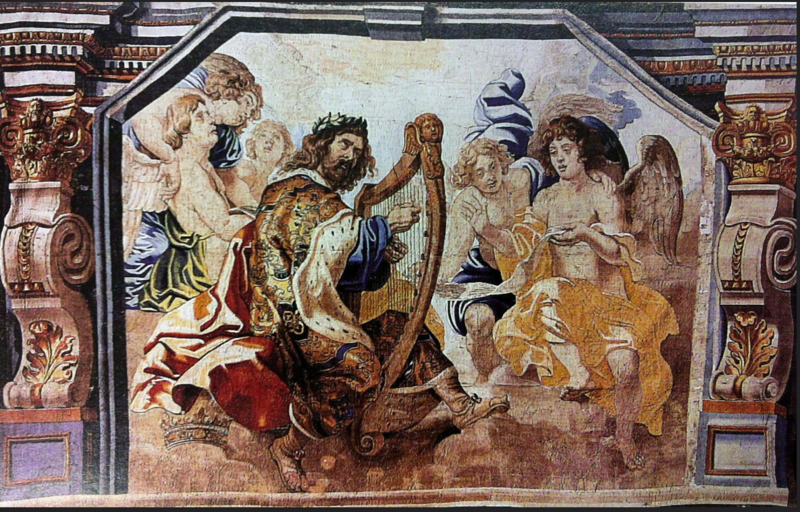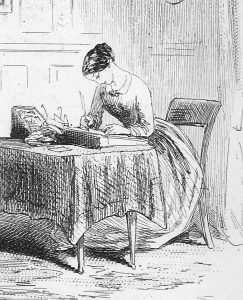

Self-concept is how people perceive their behaviors, abilities, and unique characteristics. For example, beliefs such as “I am a good friend” or “I am a kind person” are part of an overall (positive) self-concept. These perceptions of oneself are important because they affect motivations, attitudes, and behaviors. Self-concept also impacts how people feel about who they think they are, including perceived competence and self-worth.
Low self-worth is having a generally negative overall opinion of oneself, judging (or evaluating) oneself critically, and placing a generally negative value on oneself as a person.
Self-esteem is a similar concept to self-worth but with a small (although important) difference: self-esteem is what we think, feel, and believe about ourselves, while self-worth is the more global recognition that we are valuable human beings worthy of love (Hibbert, 2013). People with low self-confidence tend to have low self-esteem and vice versa.

“Every man is said to have his peculiar ambition. Whether it be true or not, I can say for one that I have no other so great as that of being truly esteemed of my fellow men, by rendering myself worthy of their esteem.”
Some of the most common characteristics of low self-esteem—of which there are many—also appear in those with low self-worth:
- Depression/sadness
- Anxieties
- Low mood
- Feelings of inadequacy
- Extreme focus on clothing, makeup, grooming, etc., because of a belief that self worth comes from exterior appearance
- Poor confidence
- Feeling like a burden to other people
- Criticize their appearance and personality regularly in their head and out loud
- Feeling a lack of control in life
- Negative social comparison
- Negative self-talk
- Worry and self-doubt
- Not trying things out of fear of failure
- Neglect of their own needs, particularly emotional ones
- Guilt over self-care
- (E.g., you feel guilty buying things because you feel you don’t deserve them.)

(Illustration by Hablot Browne)
Some of these characteristics have an obvious effect on how a person interacts with others.
- Avoiding social situations
- Trouble accepting positive feedback
- Afraid to talk in a conversation, and belief that no one listens when they do
- Sensitive to any criticism and obsessing about it for weeks if not months
- Apologize when other people bump into them
- Problems asking for what they need
- Fear of leaving the house to avoid anything out of their comfort zone
- Questioning how a romantic partner could possibly love them
- Always needing everyone’s agreement
- Needing constant validation from others
- Constantly comparing themselves to other people
- Treating Feel other people are more important
- Belief that other people don’t actually enjoy your company and are just being polite

Some of these characteristics may affect how a person interacts with others in less obvious ways.
- Frequent anger and irritability
- Difficulty making decisions because of worry about making the wrong one
- Needing to be perfect 100% of the time
- Over-achieving in general
- Overly accepting or not accepting flaws in others
- Tendency to criticize other people to make oneself feel better
- Jealousy of other peoples accomplishments, instead of being happy for them
- Shifting blame to others because they think it is unacceptable to make the slightest mistake
How Did This Happen?

“She seemed to have spent her whole life trying to make herself small, trying to be polite, apologizing when people walked over her, trying to be good-mannered. And what had happened? People had treated her as if she was small and polite and good-mannered.” (Lords and Ladies by Sir Terry Pratchett)
Causes of low self-esteem can include:
- Disapproval from authority figures or parents
- Emotionally distant parents
- Sexual, physical, or emotional abuse
- Contentious divorce between parents
- Bullying with no parent protection
- Academic difficulties
- Guilt associated with religion
- Social beauty standards
- Unrealistic goal setting
Does It Have To Be This Way?
If these sound all too familiar to you personally, don’t panic! You can retrain your brain and start to replace all the negative things you told yourself with positive things.
Several ways in which one can improve self-esteem:

- Identify and challenge negative beliefs
- Identify the positive about oneself
- Build positive relationships—and avoid negative ones
- Give yourself a break
- Become more assertive and learn to say no
- Improve physical health
- Take on challenges
Low self esteem can lead to anger, depression and anxiety, and generally a miserable life. Therefore, it’s important it is to work on it—and to keep working on it. If you have never worked on your self esteem before, positive affirmations for confidence are a good place to start.
Bottom line: You can identify low self-worth (in yourself and/or others) and portray it in your characters without an explicit label.
